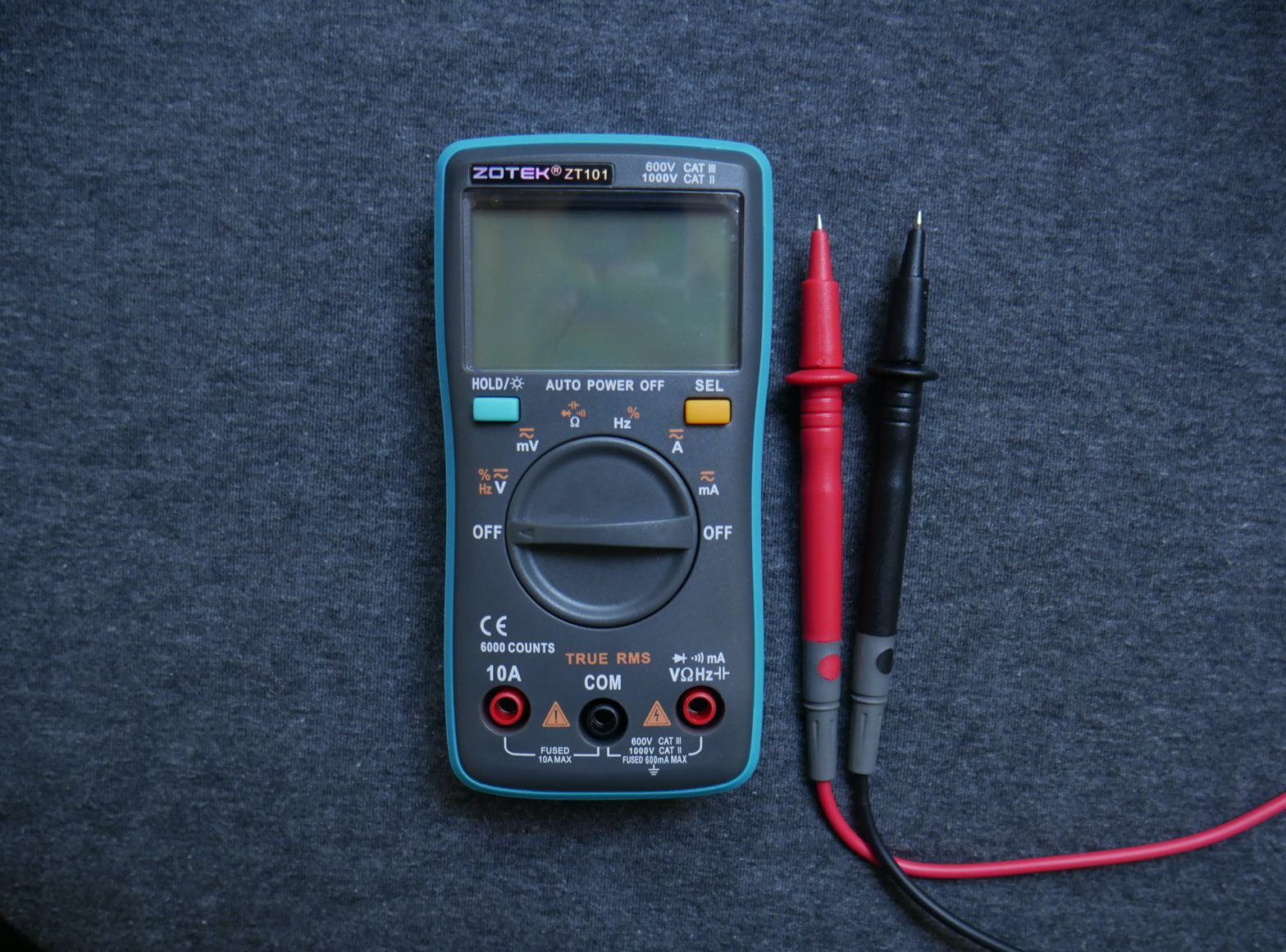Everyone needs a multimeter, whether it’s to measure resistance, current, or voltage. Unfortunately, these key measurements are less likely to occur if your environment is highly hazardous. While a cheap, good-quality multimeter can seem like a good purchase if you consistently work with dangerous materials or work in a risky area, it will only lead you to spend more money in hopes of finding the appropriate multimeter. Fortunately, the solution is out there for you to use: an intrinsically safe multimeter.
General Uses for the Intrinsically Safe Multimeter
What are the uses for the intrinsically safe multimeter?
A few focal purposes include usage during a storm. Poor weather calls for using an IS (Intrinsically Safe) multimeter, especially if lightning strikes your workplace. And, hazardous locations don’t take lightly to non IS multimeter either because sparks and thermal energy may cause an explosion. The specific version that we will look at has features that make it safe to use in hazardous environments.
Uses for a Specific IS Multimeter
The intrinsically safe multimeter by Fluke, which we sell on our site, is an example of a specified multimeter. Why should you choose to get this multimeter? The specs of this product include many positive features. For instance, the product adheres to Global Intrinsically Safe regulations set in place by authorities. As a result, the multimeter is certified as IS. Then, the device can take drops up until almost 10 feet. Multimeters measure devices in hazardous environments that aren’t perfect and can have spikes in voltage. This multimeter can handle those spikes to a certain extent (8000 Volts) to prevent imminent disaster.
Explosive prone environments can use the IS multimeter to take measurements because the meter can remain accurate even in these dangerous environments. Also, the meter contains precautions and protection techniques because a non-intrinsically safe object in an intrinsically safe required area would be a safety hazard. Some other features listed on our product page for the multimeter by Fluke include dustproof and waterproof. In other words, some harsh environments won’t affect the multimeter at all.
Links will be provided at the end of the blog post.
IS Multimeters are not Indestructible
Granted the features mentioned earlier, Multimeters are beneficial and superior to a regular multimeter. However, this doesn’t mean that you can mistreat the product. There are still necessary precautions that you should take to help extend the life of the product. For example, not applying power while measuring resistance is essential. Additionally, when measuring DC voltage, remember that the polarity matters! Make sure you are using the correct scale when measuring different voltages. Use the DC scale for the DC voltage and the AC scale for the AC voltage. You should still measure a resistor alone with a multimeter. The readings will not be accurate regardless of whether the meter is IS or not.
Above are some of the best practices that should occur; so that you don’t destroy a multimeter–even an IS one.
Recap
As you can see, the IS multimeter has many advantages, including the ability to be used within a storm or a hazardous environment. Features such as being dustproof and waterproof are why IS multimeters are better suited for hazardous environments. Granted that, you still need to take multiple precautions with the IS multimeter to extend its life. Multimeters aren’t indestructible but are still essential for a hazardous work environment. Check out more of the features of the IS multimeter and shop for it here.


